Imagine the thunderous boom of a shotgun explosion—a terrifying event that can have life-altering consequences. This article delves into the causes of these catastrophic failures, guiding you through the intricacies of shotgun safety, from ammunition selection and barrel maintenance to recognizing potential warning signs. By understanding these factors, you can confidently handle your shotgun, ensuring the safety of yourself and those around you.
What Can Cause a Shotgun to Explode?
Shotguns are powerful tools, ideal for hunting or sport shooting, but they demand careful handling. Understanding the potential causes of a shotgun explosion is paramount for safe operation. Let’s explore some of the reasons why this disastrous malfunction might occur.
Barrel Blockages: Just like a clogged pipe, obstructions within a shotgun barrel—mud, snow, a forgotten cleaning patch—can create a hazardous pressure buildup upon firing. This can rupture the barrel, leading to a catastrophic failure. Are you wondering ever when should you carry arrows in the nocked position? Understanding safe handling practices extends to all hunting equipment.
Ammunition Problems: Using the wrong ammunition is a significant risk. Firing a 3-inch shell in a 2 ¾-inch chamber, for example, generates excessive pressure. Similarly, improperly reloaded ammunition, with incorrect powder charges or damaged casings, can also create dangerous overpressure. As a hunter, knowing what is the hunter’s most important item of clothing is crucial, but so is understanding the safe operation of your firearm.
Lack of Maintenance: Neglecting regular cleaning and inspection can lead to grime buildup, corrosion, and unnoticed debris, weakening the barrel and increasing the risk of rupture during firing. Ignoring cracks or bulges is akin to disregarding a warning light on your car’s dashboard.
Mechanical Defects: Manufacturing flaws or wear-and-tear can create weak points in the shotgun’s structure. These vulnerabilities make the shotgun susceptible to failure under the immense pressure generated during firing.
Extreme Temperatures: Extreme cold can embrittle metal, making the shotgun more prone to cracking under stress, particularly during firing. Therefore, caution is advised when using firearms in frigid conditions.
Summary of Potential Causes:
| Potential Cause | Explanation |
|---|---|
| Barrel Obstructions | Foreign objects blocking the barrel, causing pressure buildup and potential rupture. |
| Ammunition Issues | Using incorrect or damaged ammunition, resulting in dangerous overpressure. |
| Improper Maintenance | Neglecting cleaning and inspection, weakening the barrel and creating obstructions. |
| Mechanical Failures | Manufacturing defects or worn-out parts creating structural weak points. |
| Extreme Cold | Low temperatures can embrittle metal, increasing susceptibility to cracking. |
Why Do Guns Explode? A Comprehensive Guide to Firearm Failures
Gun explosions, though rare, are devastating events primarily caused by pressure exceeding the firearm’s design limits. While often associated with shotguns, explosions can occur in any firearm due to similar underlying factors. Understanding the mechanics of these explosions is crucial for promoting safe firearm handling and ownership.
Barrel Obstructions: Any blockage—mud, snow, cleaning patches, or a squib load (a bullet lodged in the barrel)—can create a dangerous pressure spike upon firing.
Ammunition Issues: Overpressure loads, incorrect cartridges (e.g., a .357 Magnum cartridge in a .38 Special revolver), and defective ammunition can contribute to explosions. Case head separation, where a weakened cartridge ruptures, is another potential hazard.
Improper Maintenance: Corrosion, cracks, and improper modifications, especially to the chamber or barrel, can compromise the firearm’s structural integrity.
Mechanical Failures: A protruding or broken firing pin can cause premature ignition. A faulty locking mechanism can also lead to catastrophic failure.
Environmental Issues: Although less likely to cause a full explosion, extreme heat can weaken metal and increase the risk of other malfunctions.
Can a Shotgun Explode? Understanding the Causes and Prevention of Shotgun Bursts
A shotgun burst, a catastrophic malfunction involving the rupture of the barrel, is often caused by excessive pressure. While designed for high pressures, shotguns can burst due to barrel obstructions, faulty ammunition, improper maintenance, and using incorrect shells. Using a smaller gauge shell than intended is a major cause of bursts, leading to potentially fatal injuries. Preventing such incidents requires meticulous attention to safety protocols, including proper cleaning, ammunition inspection, and respecting the firearm’s limitations.
Causes of Bursts:
- Barrel Obstructions: Foreign objects lodging in the barrel.
- Ammunition Issues: Incorrect gauge, overloaded shells, or faulty shells.
- Improper Maintenance: Corrosion, pitting, bulges, or dents in the barrel.
- Mechanical Failures: Weakened breech or firing pin problems.
- Using Incorrect Shells: For instance, firing 3-inch shells in 2 ¾-inch chambers.
Preventing Bursts:
- Safe Handling: Always check the barrel for obstructions, use the correct ammunition, and inspect ammunition for damage.
- Maintenance: Regularly clean and inspect the shotgun, and consult a gunsmith for any concerns.
- Ammunition Selection: Use reputable manufacturers and avoid reloaded ammunition unless experienced.
- Misfire Protocol: Keep the gun pointed in a safe direction for at least 30 seconds after a misfire.
The Mechanics of a Shotgun Blast: From Trigger Pull to Target Impact
The firing of a shotgun is a carefully orchestrated process, a controlled explosion involving a delicate balance of pressure, ignition, and mechanics. From primer spark to projectile launch, understanding this chain reaction is essential for safe operation. More than just pulling the trigger, it’s an intricate interplay of components.
The Firing Sequence:
- Shell Loading: The shell is loaded into the chamber.
- Action Closing: The action secures the shell.
- Trigger Pull: This releases the firing pin.
- Firing Pin Impact: The firing pin strikes the primer.
- Primer Ignition: The primer ignites.
- Powder Combustion: The burning powder creates gas.
- Pressure Build-up: The expanding gas generates pressure.
- Shot Projection: The pressure propels the shot down the barrel.
Potential Malfunction/Explosion Causes:
- Barrel Obstructions
- Ammunition Issues
- Improper Maintenance
- Mechanical Failures
- Environmental Factors (Less Common)
Key Takeaways:
- Trigger pull: Initiates the firing sequence.
- Primer ignition: Creates the spark that ignites the powder.
- Powder combustion: Generates the propelling gas.
- Shot projection: Sends the shot (pellets or slug) towards the target.
This explanation aims to provide a general understanding of the mechanics involved. While the core concepts are well-established, ongoing research continues to refine our understanding of this complex process.
- Unlock Elemental 2 Secrets: Actionable Insights Now - April 2, 2025
- Lot’s Wife’s Name: Unveiling the Mystery of Sodom’s Fall - April 2, 2025
- Photocell Sensors: A Complete Guide for Selection and Implementation - April 2, 2025
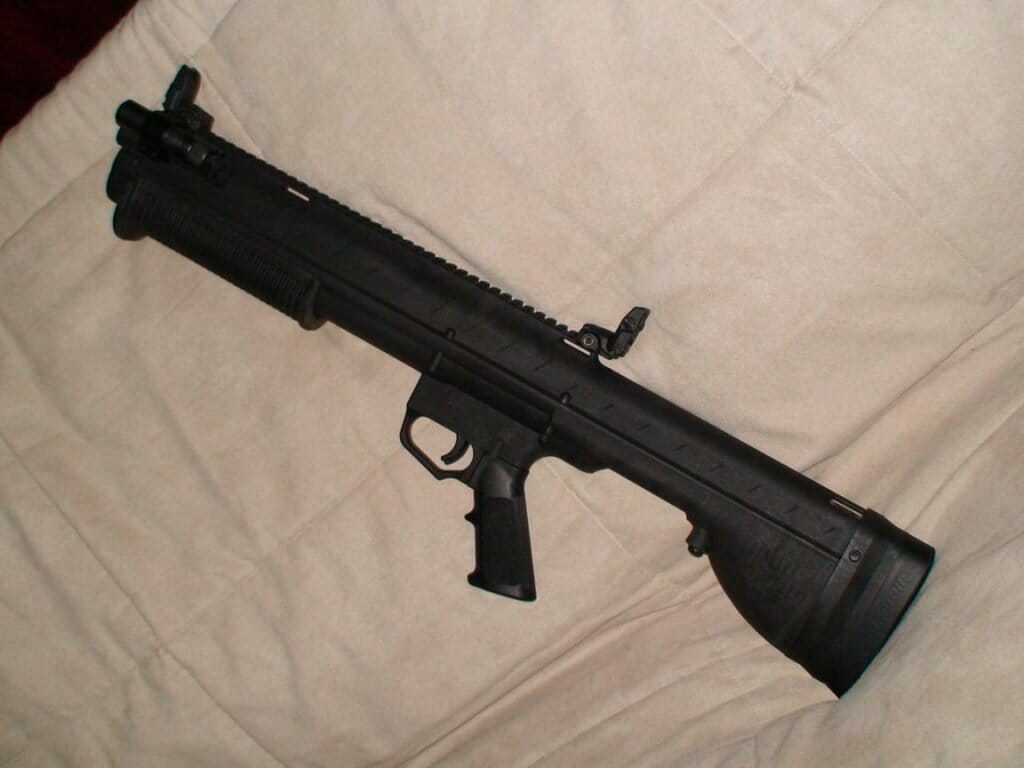
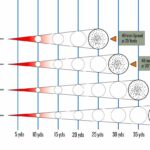
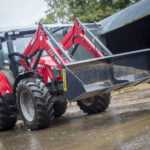
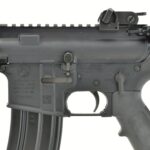
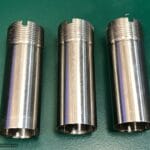
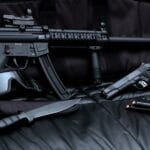











1 thought on “Why Do Shotguns Explode? Understanding the Causes and Preventing Catastrophic Failures”
Comments are closed.